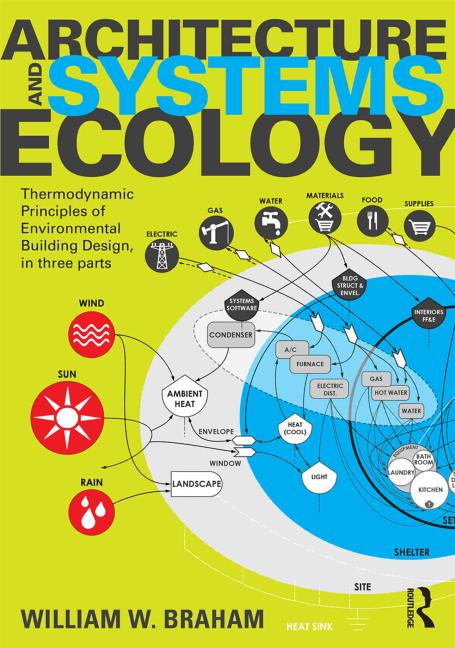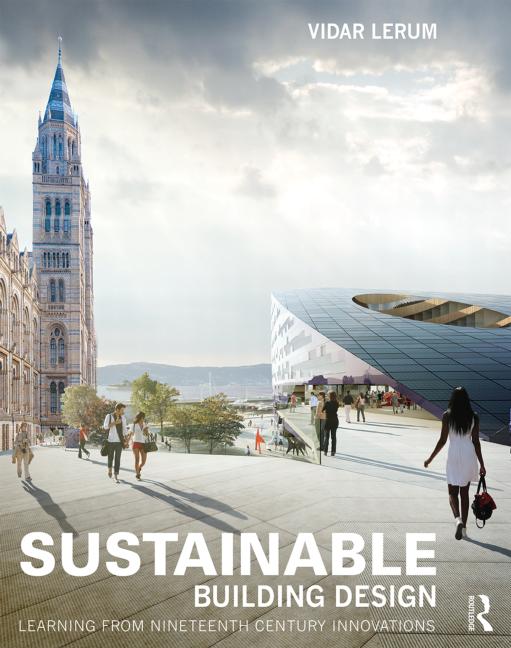Reflecting its longstanding commitment to innovative design solutions, the acclaimed architecture and urban design firm Cooper Robertson has announced new appointments and initiatives building on its successful and influential history.
A leadership team of nationally prominent architects and urban designers now serves Cooper Robertson’s expanding client base in established and new markets, as the group also supports new innovations and research. In addition, key staff members in design and management have taken on more prominent roles as Cooper Robertson empowers its next generation of leaders. These advances come at a noteworthy moment as the firm’s acclaimed cofounder Alexander Cooper, FAIA, steps down as partner and shifts his focus to strategic partnerships, outreach, and special project assignments for Cooper Robertson (Jaquelin Robertson, FAIA, retired in 2014).
“At this important moment, we’re focused on projects that build on our successful record of transforming cities, creating cultural landmarks, and crafting memorable, sustainable and resilient places,” says Donald Clinton, AIA, MRAIC, LEED AP, a managing partner at Cooper Robertson. Among the latest commissions are the National Park Service’s Gateway Arch Museum in St. Louis; the recently completed Longwood University master plan; the $1.15 billion M City framework plan in Ontario, Canada; a new 1,300-acre master plan for Charlotte’s River District; an expansion of the Lyford Cay International School in Nassau, Bahamas; the Miracle Mile Streetscape now under construction in Coral Gables, Fla.; and a new 8.5-acre riverfront research campus for the Children’s Hospital of Philadelphia.
TRANSFORMING CITIES: “The vast scale and complexity of these projects is typical of Cooper Robertson’s best-known works,” says managing partner John Kirk, AIA. “Well-known legacy projects like Battery Park City, Hudson Yards, and Lincoln Center are part of our local history.” Newer, high-profile commissions include New York City’s Special Initiative for Rebuilding and Resiliency – which led to the post-Hurricane Sandy report, A Stronger More Resilient New York – as well as the master streetscape plan for Hunters Point and Candlestick Point in San Francisco and a new immersive outdoor destination in Las Vegas, The Park, for MGM Resorts. “These are at the forefront of design thinking and the evolution of cities around the country,” adds design director Yanko Apostolov, RIBA.
With many other high-profile works, Cooper Robertson’s impact reaches scores of buildings and hundreds of city blocks, improving the daily experience of millions of people. Many of these are public places integrated with nature that are uniquely beautiful and artfully engage stakeholders, while they also offer resiliency, adapting communities against the impacts of climate change.
GLOBAL MUSEUM LEADER: The firm also has expanded its practice in cultural facilities with such major buildings as the Whitney Museum of American Art, and South Carolina’s widely praised Florence County Museum. “Our commitment to cultural projects stems from our unique focus on the care and display of collections, as well as the visitor experience, and how that is reflected in both space programming and museum design,” says managing partner Scott Newman, FAIA, who leads the practice area. With deep museums expertise, the firm is known for work with the Yale Center for British Art, the historical site Gettysburg, and the Museum of Modern Art (New York). “Equally important to us is the long-term urban impact of these cultural buildings, often serving as drivers for economic development and community revitalization,” adds partner Bruce Davis, AIA, LEED AP.
Expanding on this expertise, a next generation of architects at Cooper Robertson has emerged, including noted museum specialist Erin Flynn, senior associate, and Andrew Barwick, associate.
SCHOOLS AND COMMUNITIES: Cooper Robertson has also cultivated a strong reputation for its residential work, K-12 schools, and higher-education facilities, says Brian Shea, AIA. “One can never underestimate the impact of beauty and thoughtfulness on our quality of life,” he says. “Whether the built form is a downtown’s new mixed-use development, a cultural facility, a new plaza or the renewal of a college campus or resort community, Cooper Robertson’s process engages citizens and responds to their needs in the broader context.”
In fact, Cooper Robertson’s successful and proven approach to urban design and architecture has been widely emulated, offering valuable methods for policymakers, designers, and even architecture students. “Our practical and theoretical approaches have informed the kinds of analysis drawings our clients value most and how case studies are taught today in professional circles and many graduate schools,” says Shea. Within Cooper Robertson, these best practices are shared with upcoming practitioners in architecture and urban design, adds the firm’s finance and operations leader, Allison
Brantley.
This status reflects cofounder Alexander Cooper’s trajectory and professional influence. Cooper served as New York City’s planning commissioner in the administration of Mayor John Lindsay, which closely monitored the impact of architecture and urban design on the region’s progress. Cooper directed the graduate Urban Design Program at Columbia University in the 1970s, and subsequently served as architect and urban designer for many pivotal public projects around the world. Among the most notable works are: the downtown Miami Waterfront; the Master Plan for the Central Delaware (River) in Philadelphia; the revitalization of Lower Manhattan, including Battery Park City, a comprehensive streetscape design for the Downtown Alliance, and Zuccotti Park at the World Trade Center.









